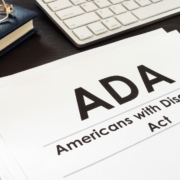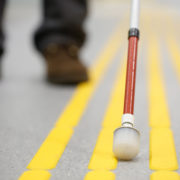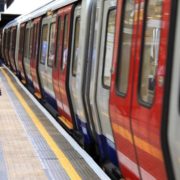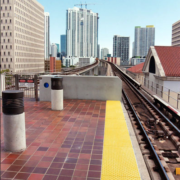How Do Detectable Warning Surfaces Increase Safety for All Pedestrians?
If you do any type of walking or use public transportation to commute to and from work, you have probably noticed those raised truncated domes on the ground at intersections, rail platforms, and even near bus stops. While we might not give them much thought, they do serve a valuable purpose for everyone.
These tiles with raised round circles are commonly referred to as detectable warning surfaces. They come in different colors so they contrast with the surrounding surfaces where they are installed. They could be red, white, blue, or yellow. Some states like California require that a specific color is used, while other states allow any color to be used, as long as it contrasts with the color of the surrounding surfaces..
The raised circular sections on the warning surfaces alert people that they are approaching a dangerous or hazardous area and need to take precautions. For people who are blind or have reduced vision, they alert them to this change so they can be better prepared when crossing a busy intersection, for instance.

For people without visual impairments, the raised circles on the warning surfaces help regain their attention when they are distracted. How many times have you been on your smartphone texting or checking on social media updates while walking down the sidewalk? You get distracted by what you are reading or typing. Before you know it, you could be walking out into a busy intersection that is without detectable warning surfaces.
Instead, your feet detect the detectable warning surface’s raised circular domes of the warning tile. This regains your focus to look up and see if it is safe to cross the street. This is just one example of how these warning surfaces benefit everyone.
A Brief History of Detectable Warning Surfaces
The contrasting color requirement for warning surfaces comes from the Federal ADA (Americans with Disabilities Act). The act was signed into law in 1990 by President George H. W. Bush. The ADA covers a wide range of topics and requirements, from accessibility to discrimination against people with disabilities. Within the act, there is one section which discusses ADA detectable warning surfaces.
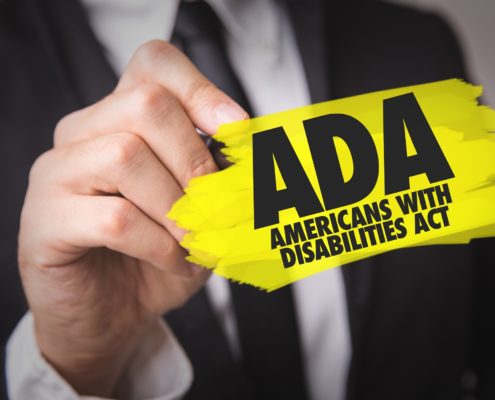
This section has been updated several times since becoming law in 1990. It was updated in 2001 to specify where the ADA required colored warning surfaces to be installed, as on curb ramps or on rail and public transit platforms. It was updated again in 2010, which modified the 2001 guidelines. As of 2010, colored warning surfaces with raised domes are required on rail and transit platforms and curb ramps in the public right-of-way.
In addition, cities, counties, and states can all have their own requirements and laws regarding the use of warning surfaces. It is the responsibility of each person to verify the requirements for their business, commercial property, or public use operation.
To learn more about warning surfaces and help selecting the right ones for your location, please feel free to contact ADA Solutions at (800) 372-0519 today! We would be happy to discuss your needs and provide you with a free quote!


